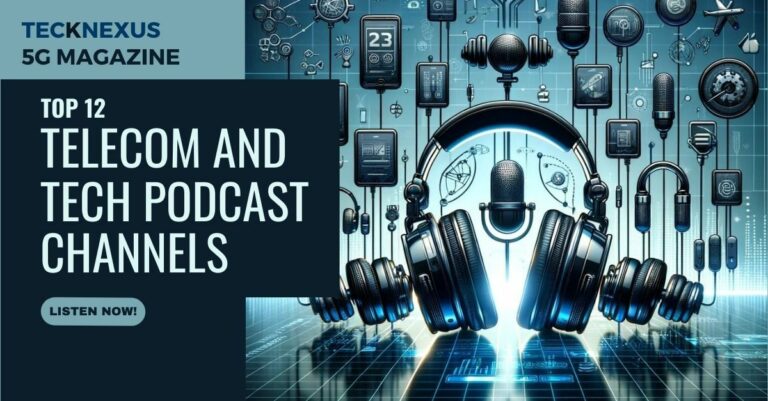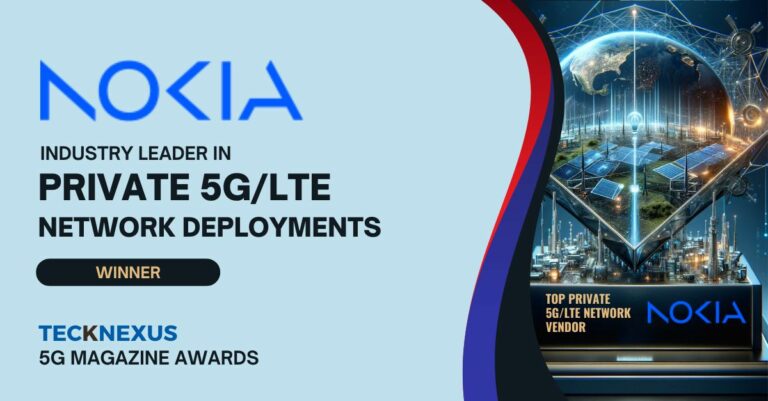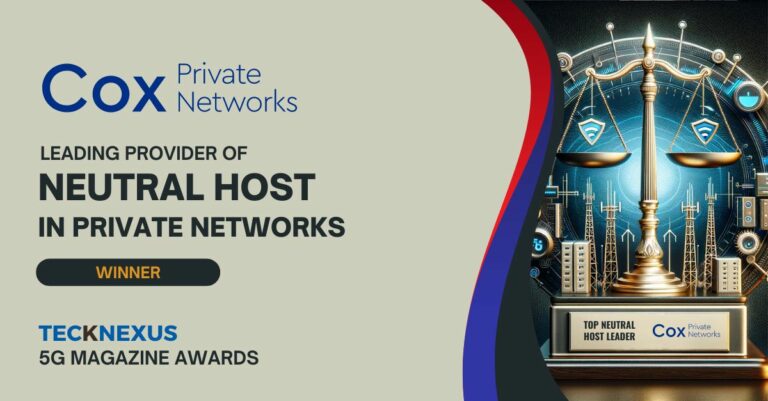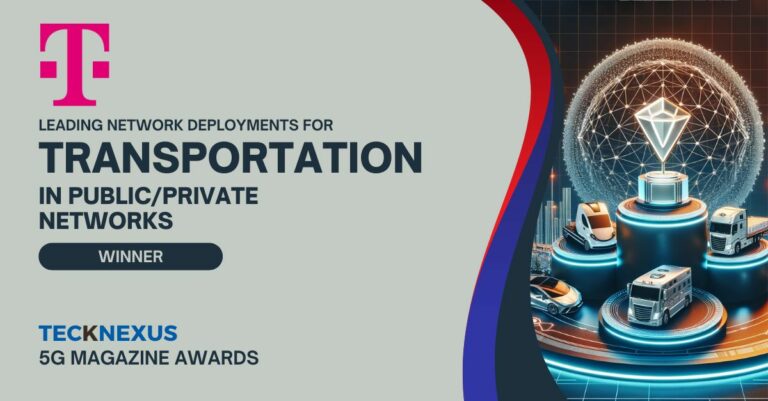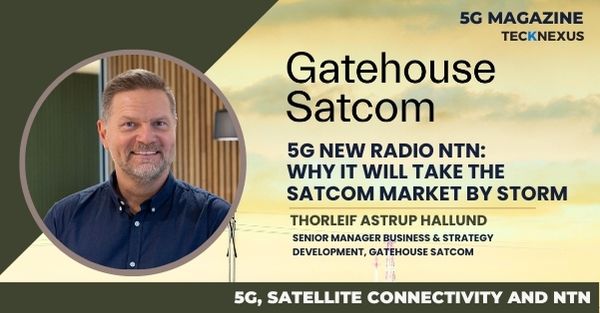What were the top 5G trends in 2021 globally & from BT’s perspective?
Neil McRae: 2021 is kind of an interesting year. We are grappling with COVID and building out 5G networks, which are still quite early in 5G. However, from my perspective, UK customers have started to see the value of 5G. Some of the top 5G trends we noted globally and from BT perspective include:
Private Networks
We’ve done a couple of big enterprise deployments of 5G solutions. One working with the ports and shipping area where we’re using a 5G private network to connect the port, where the arrival of container ships in a way that has never really been done before to assist on loading and unloading of container ships, and right now with all the supply chain challenges, anything we can do to to make that simpler and more straightforward is hugely valuable. So that’s one of the big things that we did.
We also did an augmented reality trial with a heat pump manufacturer, who’s using augmented reality to help its engineers diagnose and fix problems in the field. They are using 5G partly with smartphones and trying out new types of devices with augmented reality goggles and devices like that. They definitely see the benefits and opportunities for that.
Edge Computing
A lot of things are going on in edge computing. One of the things we did part of 2020 & part of 2021 is we rolled out an edge compute service focused on CDN with a partner company called Qwilt that allows us to deliver content and much better quality under our control. So that’s very exciting.
Swapping Vendors
From our point of view, in the UK, we’re in the process of swapping out high-risk vendors. While we probably read about the challenges they’ve faced, that’s going really well for us. It’s been challenged by COVID.
But, we’ve got a lot of momentum on that and really starting to see some of the benefits – like being recognized as the best network in the UK, which is massive. A lot of operators are doing similar things.
Open RAN
We are keen to see how some of the new startup networks like Dish and Rakuten start to mature and gain momentum. See if their model works in the way they believe and understand them and what we can learn from them. Because, when you start afresh, you do things differently, think differently. So I’m keen to see what I can learn from them and take that back into our network and make things better for our customers.
There is a lot of momentum for Open RAN and huge amounts of development. However, I still think Open RAN has got a long road ahead. And I still believe that 6G is probably really where we’ll see Open RAN explode, which is probably a few years away. Probably not what most Open RAN fans want to hear about.
Many of us are kind of really into the depths of our 5G rollout, and trying to pivot to something else is probably quite difficult. But, the momentum in the operator community for Open RAN is hugely positive and moving at a phenomenal pace, probably quicker than anyone probably could have realized. And, I think that’s starting to have an impact on the wider industry.
A highlight for me was Ericsson’s launch of their RIC controller, or Service Management and Orchestration (SMO) platform, effectively taking some of the same architectures and using them on Ericsson capabilities. And some of them we are looking at BT.
Keeping the network up in Covid pandemic
But I think if I look back over the last year through this really difficult period in our history, the telecommunication companies, both fixed and mobile, and many service providers behind us have done a tremendous job in keeping the world rotating, during and through this pandemic. I’m working from home today. That’s the direction we’ve got here in the UK at the moment.
Many businesses have been able to pivot to other ways of working and operating, and it’s all been underpinned by the network. So I really want to say a huge thanks to everyone in our industry for the part that they’ve played in keeping the world going while we’ve been dealing with this pandemic.
And it’s starting to look suddenly challenging again with new variants, etc. But you know, we’re ready for it and delivering services to our customers so that they can work, rest, play, eat, talk to their friends and play games, whatever they’re doing, are still able to do via the network. So for me, that’s a real highlight of this year and last year. And I think something everyone in the industry should be proud about.
Rolling out 5G and 4G networks
We continue to roll out both 4G and 5G networks. So there were challenges around COVID, but different sets of challenges.
In the UK, we’re, especially in the metro areas, relying upon landlords of different buildings and facilities to put our antennas at the top of their building. And some elements today got harder for sure, and some of it got easier. Because when there’s no one there, it’s easier to work and get things done. But also, when no one’s there, it’s hard to get into the buildings.
So we faced a lot of different things. And we learned a lot from that. We grew our 5G networks, over 100 towns and cities across the UK, and still growing. And let’s not forget 4G. 4G was still a big part of the network.
We grew our coverage in the UK by 1%, which is the most of any operator in the UK. Most of the other operators didn’t grow their 4G coverage at all in some rural locations. That’s becoming more and more important as we build and roll out 5G.
Though we’re dealing with the challenges of COVID, we’re building and expanding networks, and we’re keeping the services super reliable, I think, and that’s probably one of the highlights.
Which 5G areas did not get the expected momentum?






